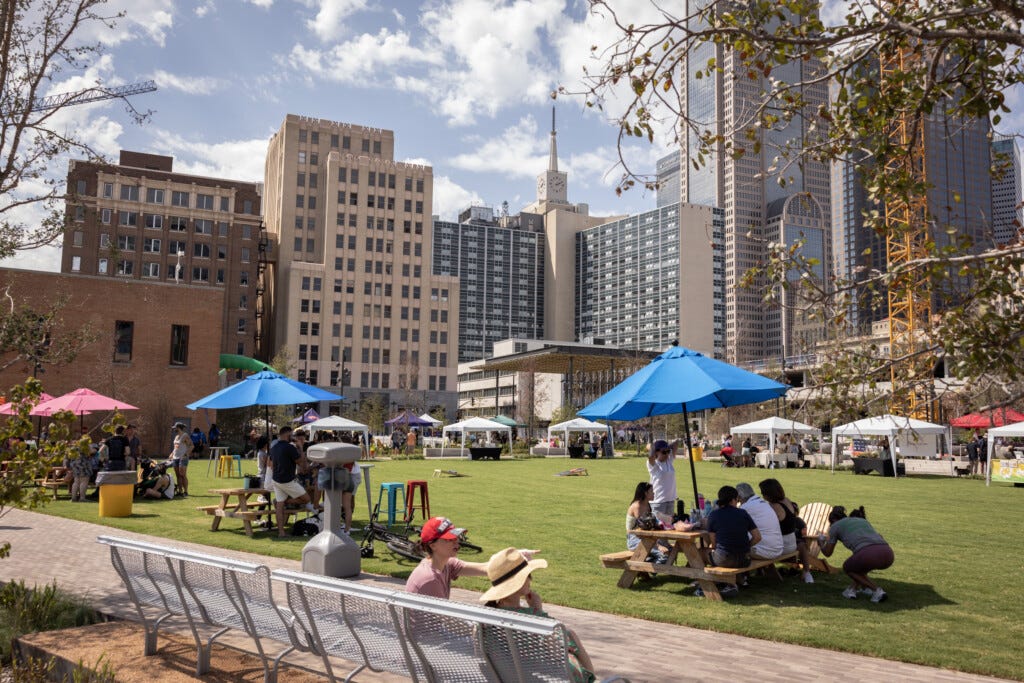Welcome to The New Urban Order, a newsletter about housing, climate, culture, transportation and everything else that effects cities. If you love this newsletter, get value out of it, and believe in paying people for their work, please consider a paid subscription.
Each year climate change becomes clearer, and so does the way that cities will bear the brunt of it. In cities, abundant pavement and infrastructure won’t absorb the inches of water that come with flash floods. And these same surfaces trap heat, creating urban heat island effects. Meanwhile, the lack of trees and green space make it hard for people to cool off without air conditioning in many cities. Far too many cities are waiting for a disaster — a heat wave when the power grid goes down, a major flooding event — only planning to clean up afterwards.
But there are cities that are looking ahead. While some are using AI to prevent wildfires or white paint to reflect the heat on streets and rooftops, many others are deploying trees and plants, green space, even vacant lots — efforts collectively known as nature-based solutions — to not only mitigate climate change, but improve quality of life for urban residents.
What does it mean to take nature seriously in a city? Here are a few examples:
A South Asian city that has 3,000 acres dedicated to biodiversity and rare and endangered species
A Baltic city that is not only preserving half its land area as nature but adding more green to its streetscapes
An American city that is spending $400 million on new parks
A South American city with a network of sustainability activists, some of whom are using green roofs to address climate change
And a U.K. city where a public-private partnership is rewilding city parks.
These are bold efforts to bring nature back into the urban environment and they set examples of the commitment needed from local government and private citizens to both address extreme weather and enhance the livability of urban life.
Jump past the paywall to learn about these exciting projects on four continents.





